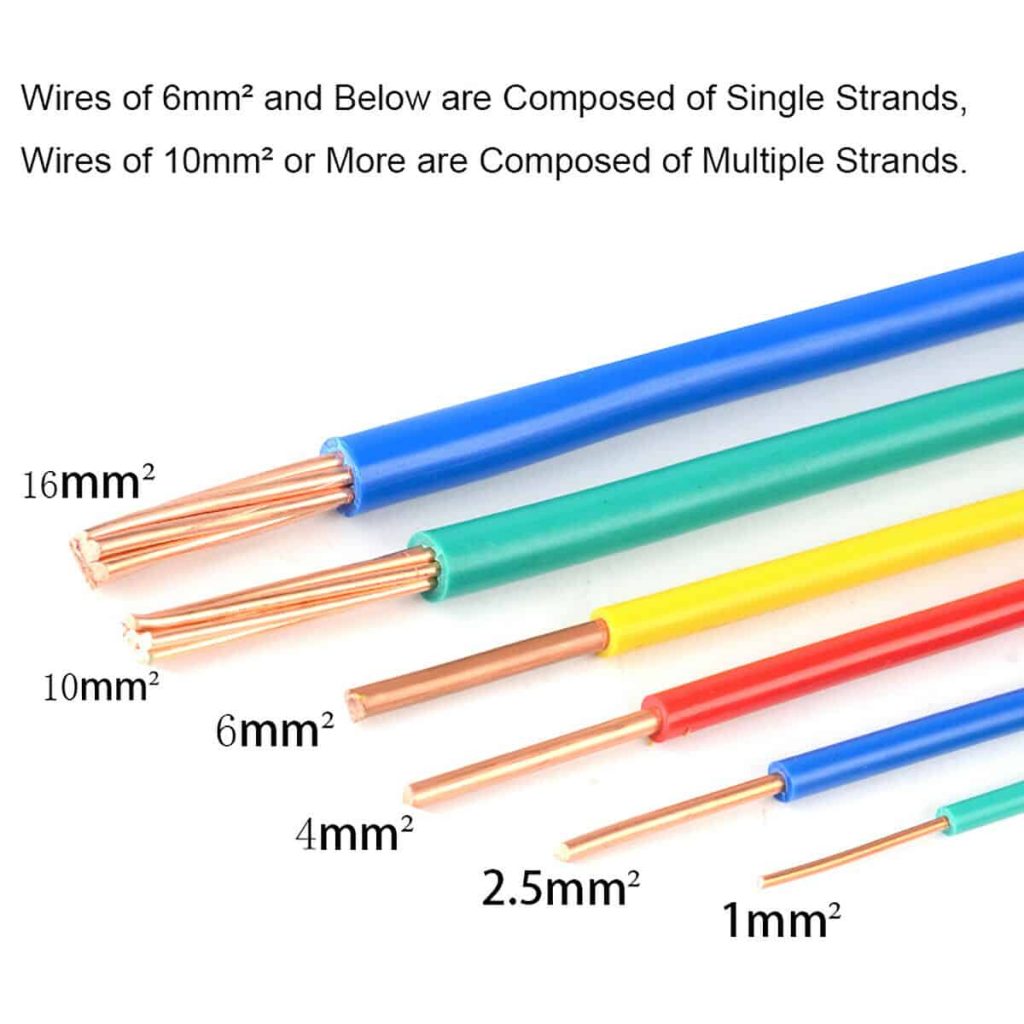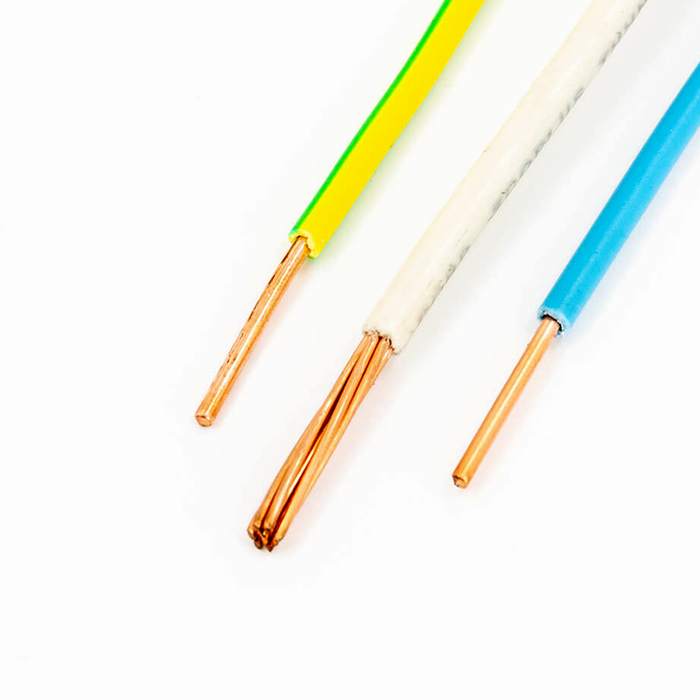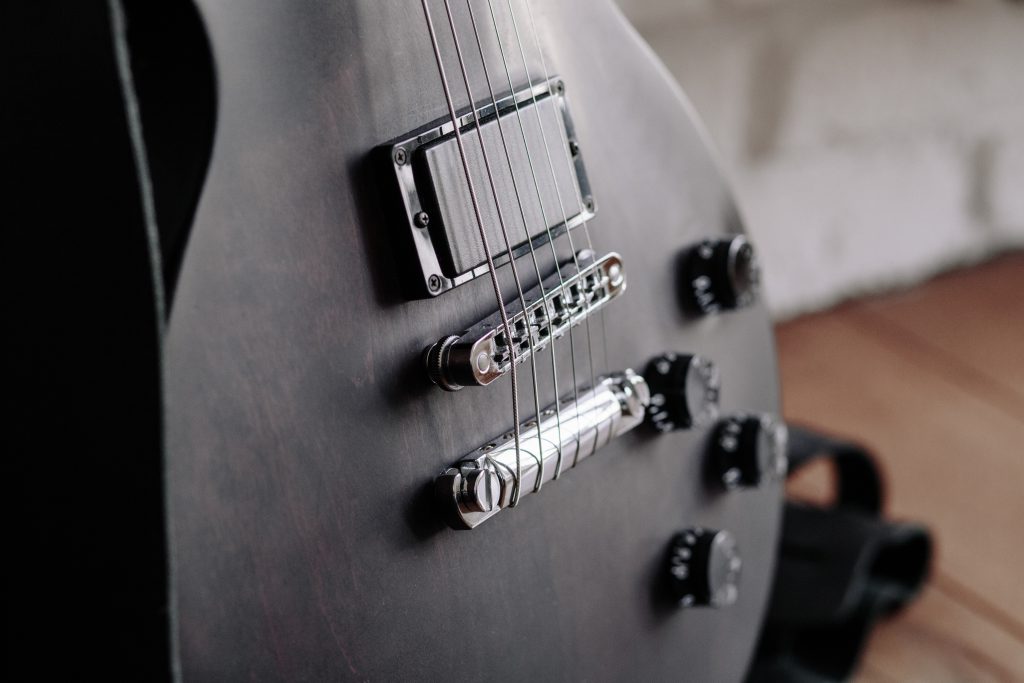Methods to Make Single Wire Electric
페이지 정보

본문

7) It is possible to realize a decrease of electrical traces radiation, including Corona effect, on situation that one of many radiation courses in the 2 strains and three part programs have a high voltage between traces. In the SWER scheme on Figure three we now have one present on resistance R2. As in earlier simulations we've got obtained double current, because in one wire there are two currents right here. Here we present that between the Isolating Transformer and the load, there are almost no losses. However, there are other factors affecting the extent of losses. SWEPS has no resistance losses for the following tested conductor materials of the line: copper, aluminum, steel, tungsten, carbon, water, damp soil. It was experimentally proved that SWEPS has quasi-superconductivity property for reactive capacitive present stream alongside the road even at high operation temperature of the electric conductor. Without a typical wire the current changes even in a section where the load doesn't change. An issue arises if phase masses change unequally. The well-recognized three section system comprises three mixed one-wire programs.
 The system continues to be utilized in some areas of recent Zealand, such because the King Country the place it was nicknamed ‘Mandeno’s clothesline’. By the 1950s it was also getting used within the King Country, Banks Peninsula and components of Otago. The results of theoretical calculation and experimental study exhibits that SWEPS might be applied each for the energy transmission from renewable powerful generation site to a big energy system and for transmission strains for connecting completely different parts of renewable power system. SWER has also been used in parts of Africa, Brazil, Canada and the United States of America. In fact, the bottom in SWER (in generator and in load) leads to zeroing. 1) The only Wire Electrical System for connection between source and load by one line-(method B-Line) was proposed and checked by simulations and experiments. However, perhaps this system ought to be referred to as: "A transmission system over a single wire, where ground is used as an alternative of the second wire and where the gap between the supply and the load is large, so that the resistance on the ground between them is way larger than the resistance of the wire". 3) It is possible different types of The single Wire Electrical System: DC B-Line, LF B-Line, HF B-Line and B-Line three part system.
The system continues to be utilized in some areas of recent Zealand, such because the King Country the place it was nicknamed ‘Mandeno’s clothesline’. By the 1950s it was also getting used within the King Country, Banks Peninsula and components of Otago. The results of theoretical calculation and experimental study exhibits that SWEPS might be applied each for the energy transmission from renewable powerful generation site to a big energy system and for transmission strains for connecting completely different parts of renewable power system. SWER has also been used in parts of Africa, Brazil, Canada and the United States of America. In fact, the bottom in SWER (in generator and in load) leads to zeroing. 1) The only Wire Electrical System for connection between source and load by one line-(method B-Line) was proposed and checked by simulations and experiments. However, perhaps this system ought to be referred to as: "A transmission system over a single wire, where ground is used as an alternative of the second wire and where the gap between the supply and the load is large, so that the resistance on the ground between them is way larger than the resistance of the wire". 3) It is possible different types of The single Wire Electrical System: DC B-Line, LF B-Line, HF B-Line and B-Line three part system.
The system is mainly a single-phase provide, which uses a single stay conductor with the other finish of the distribution transformer high voltage winding related to earth. This is so the present returns to the high voltage impartial point of the transformer at the substation using the earth as a conductor. The benefits of three phase programs are in utilizing three or four wires as a substitute of six traces for transmitting three signals, since a three part sign is better for some electrical motors. The disadvantages of a three part system are having to use three or 4 wires for transmitting one signal for a three section load and a heightened line voltage that is better by 1.Seventy three times. 8. M. Bank, "One-Way Line System for Transmitting Energy or Information," International Journal of Communications, Vol. 12. M. Bank, M. Haridim, V. Tsingouz and Z. Ibragimov, "Highly Effective Handset Antenna," International Journal of Communications, Vol. 4. G. Goubau, "Surface Waves and Their Application to Transmission Lines," Journal of Applied Physics, Vol.
 5. C. A. Yost, "Longitudinal Electrodynamic Wave Experiments," Electric Spacecraft Journal, Vol. It was first used by the Tauranga Electric Power Board (EPB) in 1925 on its eleven kilovolt spur strains, single wire electric and by the newly formed Bay of Islands EPB in 1937 with transformers modified by Mandeno to keep away from inducing voltages on neighbouring phone lines. SWER 11kV transformer. Photograph courtesy of W. Mandeno. SWER Power Line. Photograph courtesy of W. Mandeno. It was developed by New Zealand engineer Lloyd Mandeno in the early 1920s for rural electrification. L. Mandeno, ‘Rural Power Supply Especially in Back Country Areas,’ (PDF 6.8MB) Proceedings of the brand new Zealand Institution of Engineers, Vol.33 (1947), pp.234-87. N. Rennie, Power to the People: A hundred Years of Public Electricity Supply to New Zealand, ESANZ, 1989, pp.121-123. Reversal Tesla transformer and standard rectifier and inverter were used on the customers end to transform the reactive high frequency electric power to standard 50-60kHz electricity. The abbreviation SWER is usually outlined as "an electricity distribution methodology utilizing only one conductor with the return path by earth".
5. C. A. Yost, "Longitudinal Electrodynamic Wave Experiments," Electric Spacecraft Journal, Vol. It was first used by the Tauranga Electric Power Board (EPB) in 1925 on its eleven kilovolt spur strains, single wire electric and by the newly formed Bay of Islands EPB in 1937 with transformers modified by Mandeno to keep away from inducing voltages on neighbouring phone lines. SWER 11kV transformer. Photograph courtesy of W. Mandeno. SWER Power Line. Photograph courtesy of W. Mandeno. It was developed by New Zealand engineer Lloyd Mandeno in the early 1920s for rural electrification. L. Mandeno, ‘Rural Power Supply Especially in Back Country Areas,’ (PDF 6.8MB) Proceedings of the brand new Zealand Institution of Engineers, Vol.33 (1947), pp.234-87. N. Rennie, Power to the People: A hundred Years of Public Electricity Supply to New Zealand, ESANZ, 1989, pp.121-123. Reversal Tesla transformer and standard rectifier and inverter were used on the customers end to transform the reactive high frequency electric power to standard 50-60kHz electricity. The abbreviation SWER is usually outlined as "an electricity distribution methodology utilizing only one conductor with the return path by earth".
- 이전글비아몰약국 - 비아그라 구매 및 이벤트 정보 【 vbSs.top 】 25.04.05
- 다음글How Much Does A Business Video Clip Expense In The Uk 25.04.05
댓글목록
등록된 댓글이 없습니다.